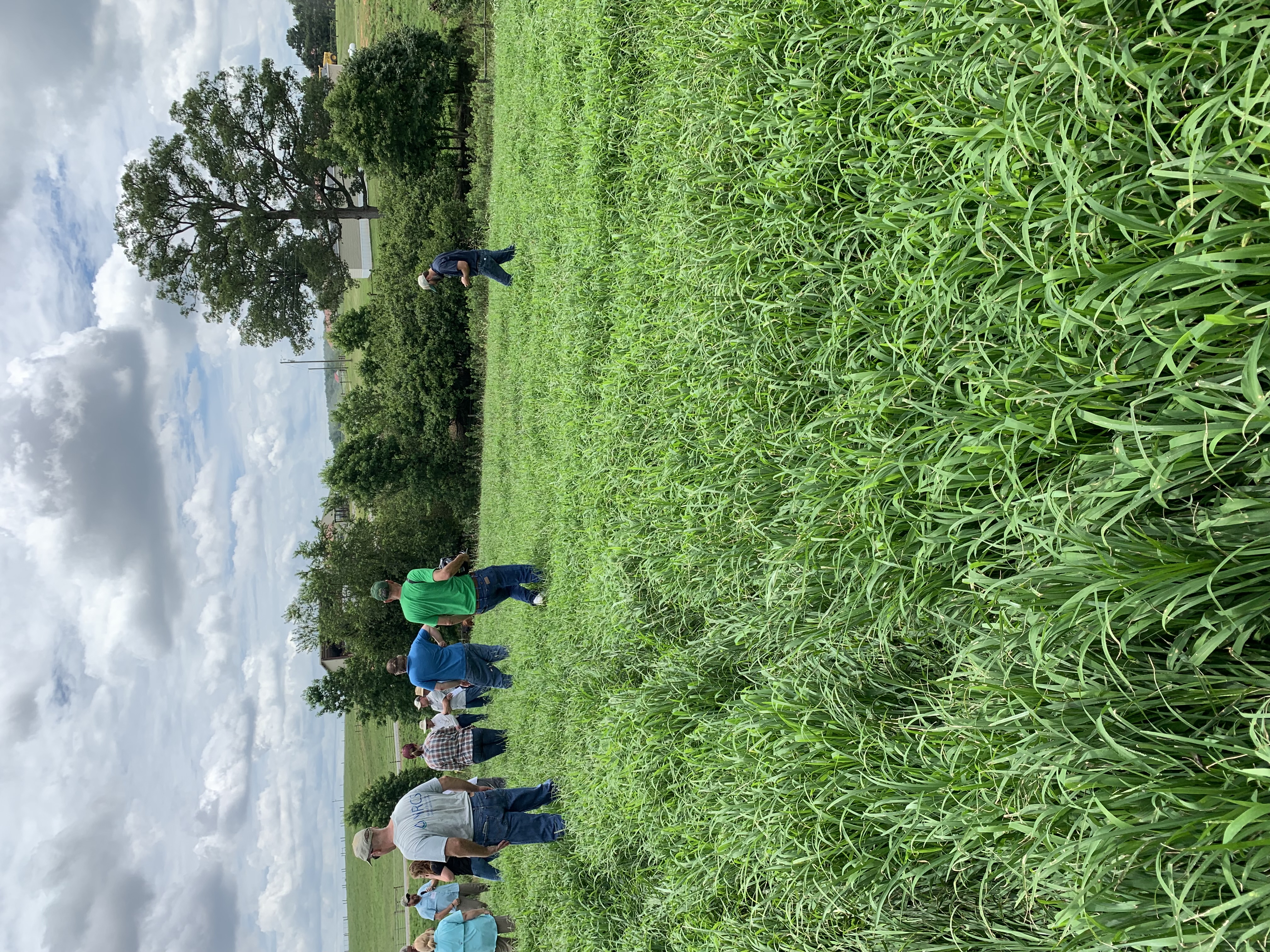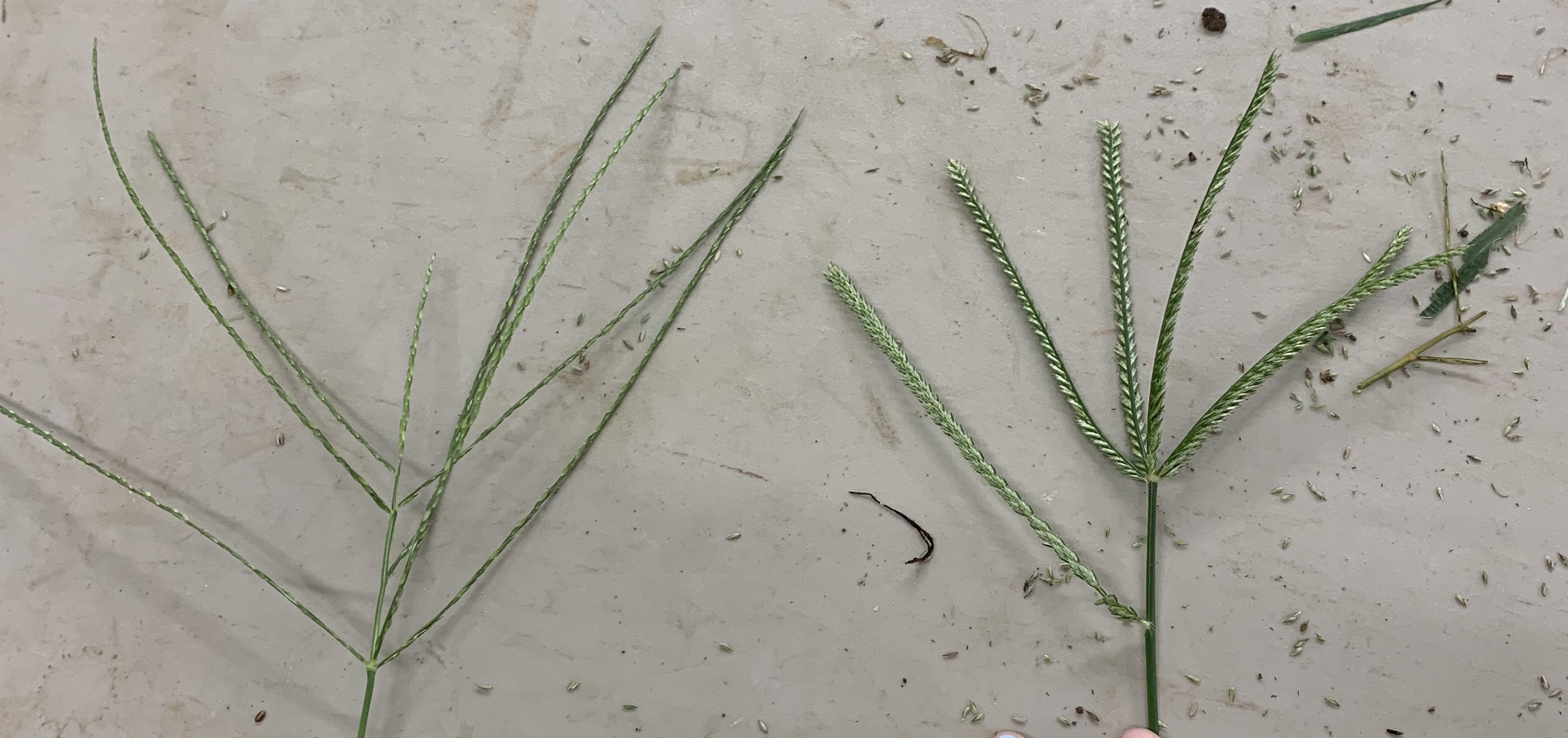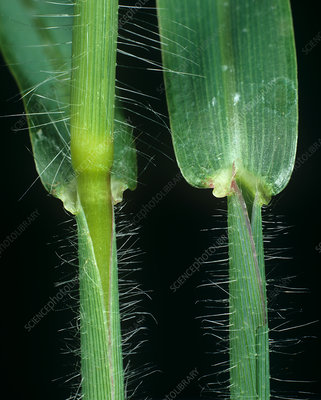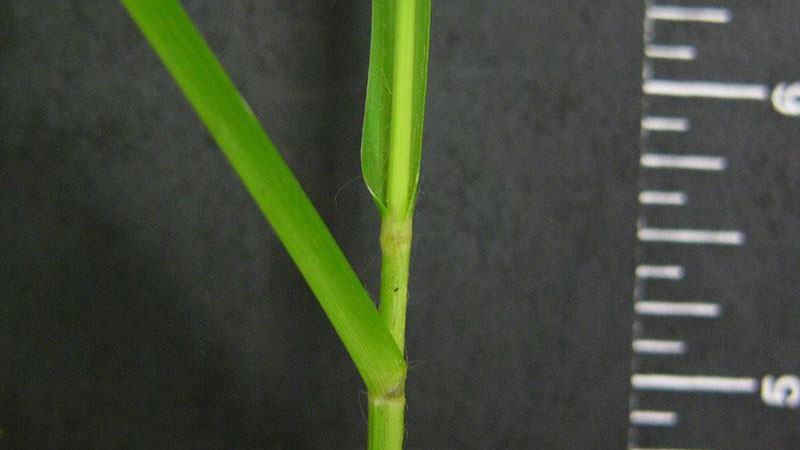Are You Sure That’s Crabgrass?
go.ncsu.edu/readext?808710
en Español / em Português
El inglés es el idioma de control de esta página. En la medida en que haya algún conflicto entre la traducción al inglés y la traducción, el inglés prevalece.
Al hacer clic en el enlace de traducción se activa un servicio de traducción gratuito para convertir la página al español. Al igual que con cualquier traducción por Internet, la conversión no es sensible al contexto y puede que no traduzca el texto en su significado original. NC State Extension no garantiza la exactitud del texto traducido. Por favor, tenga en cuenta que algunas aplicaciones y/o servicios pueden no funcionar como se espera cuando se traducen.
Português
Inglês é o idioma de controle desta página. Na medida que haja algum conflito entre o texto original em Inglês e a tradução, o Inglês prevalece.
Ao clicar no link de tradução, um serviço gratuito de tradução será ativado para converter a página para o Português. Como em qualquer tradução pela internet, a conversão não é sensivel ao contexto e pode não ocorrer a tradução para o significado orginal. O serviço de Extensão da Carolina do Norte (NC State Extension) não garante a exatidão do texto traduzido. Por favor, observe que algumas funções ou serviços podem não funcionar como esperado após a tradução.
English
English is the controlling language of this page. To the extent there is any conflict between the English text and the translation, English controls.
Clicking on the translation link activates a free translation service to convert the page to Spanish. As with any Internet translation, the conversion is not context-sensitive and may not translate the text to its original meaning. NC State Extension does not guarantee the accuracy of the translated text. Please note that some applications and/or services may not function as expected when translated.
Collapse ▲By now, most have heard about the ability of crabgrass to provide high-quality forage during the summer months, both for grazing and hay. Although it is typically regarded as a weed, livestock will preferentially graze crabgrass, and it has been reported to have crude protein levels of up to 21%, and total digestible nutrient levels of up to 64%.

A group walking through a pasture of Red River Crabgrass at the NC State E. Carroll Joyner Beef Education Unit in 2019.
On the other hand, there is a grassy weed that livestock avoid. It is much “tougher”, making it harder to graze and sometimes hard to mow. It grows in low fertility soils and thrives in poor management settings. I have seen it mistaken for crabgrass numerous times. Goosegrass has a seed head shaped similarly to that of crabgrass, but one could argue that is where their similarities end. In situations where goosegrass is mistaken for crabgrass, crabgrass often ends up with a bad reputation. Learning the differences between the two can help avoid this case of mistaken identity.

Crabgrass on the left, goosegrass on the right. Both the seed head and stem are thinner on crabgrass
As seen above, the stem and seed head of crabgrass is finer than that of goosegrass. Another easy to identify characteristic of crabgrass are its hairy ligules, which are not seen on goosegrass. Goosegrass also has a prostrate growth habit, which is not seen in improved forage varieties of crabgrass.
Questions about crabgrass, or any other forage? Call N.C. Cooperative Extension of Stokes County at 336-593-8179.






